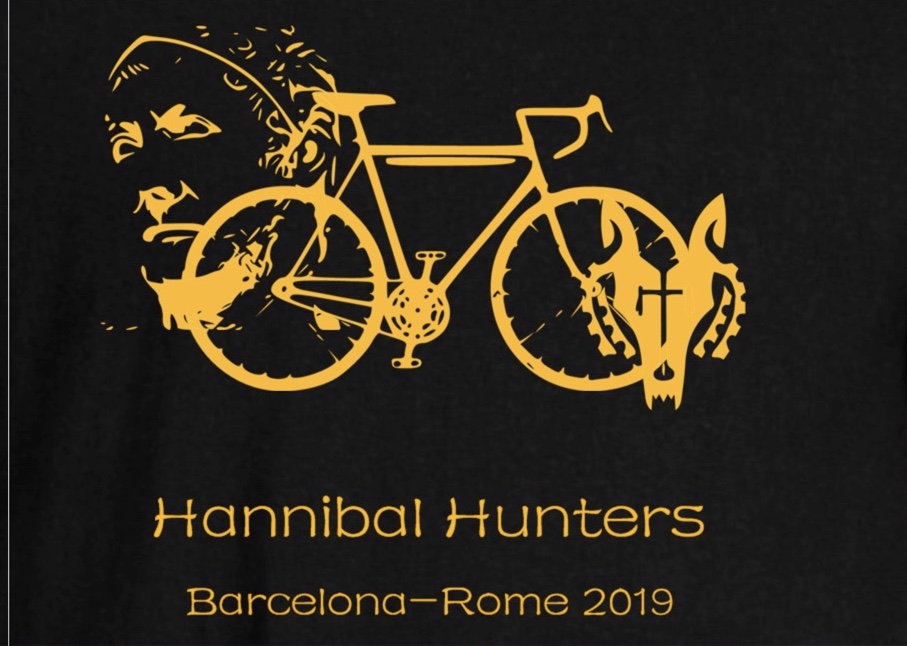On the Road – Distance: 126km I 78miles I Elevation: 1951m I 6401ft
We left the Midi-Pyrénées this morning, another great weather day, although got quite warm in the afternoon,and headed into the beautiful region of Languedoc as we closed in on the fairytale city of Carcassonne. A short(4km) but stiff(9.7%) climb early on at Montsegur with its castle/Fort looking down on us developed into a beautiful rolling hills ride for the rest of the day. For most of the day we were still in the foothills of the Pyrénées so the ride had a fair number of undulations, but nothing compared to previous days. As is the case with most of the riding in this region we pretty much had roads to ourselves. Our hotel is situated in the fortified Cite de Carcassonne which was granted UNESCO status in 1997 and acts as a beacon as we descend into the Aude lowlands. Dinner was fabulous at Comte Roger inside the old city. Rest day tomorrow with a massage and awalking tour of the walled Cite de Carcassonne….maybe a bike/ beer ride in the afternoon!
https://www.relive.cc/view/rt10007886343
Field Odyssey Notes:
Hannibal would have kept inland in his desire to keep the news of his rapidly marching army descending on Italy a secret. In Hannibal’s day there were few ‘large’ towns – most places he would have passed would have been Gallic villages, the majority of whom would never have heard of Hannibal or Rome.
Field Notes – Cathars
Chateau Montsegur, on the route today, is a fantastic castle, best known for it’s role in the Albigensian Crusade.
The Albigensian Crusade or the Cathar Crusade (1209–1229) was a 20-year military campaign initiated by Pope Innocent III to eliminate Catharism in the Languedoc.
The Cathars were a religious group who appeared in Europe in the eleventh century. They originated from an anti-materialist reform movement in Dalmatia and Bulgaria which called for a return to the Christian message of perfection, poverty and preaching, combined with a rejection of the physical to the point of starvation. The reforms were a reaction against the often scandalous and dissolute lifestyles of the Catholic clergy in southern France. Their theology, neo-Gnostic in many ways, was basically dualist. Several of their practices, especially their belief in the inherent evil of the physical world, conflicted with the doctrines of the Incarnation of Christ and sacraments, initiated accusations of Gnosticism and brought them the ire of the Catholic establishment. They became known as the Albigensians, because there were many adherents in the city of Albi and the surrounding area in the 12th and 13th centuries.






